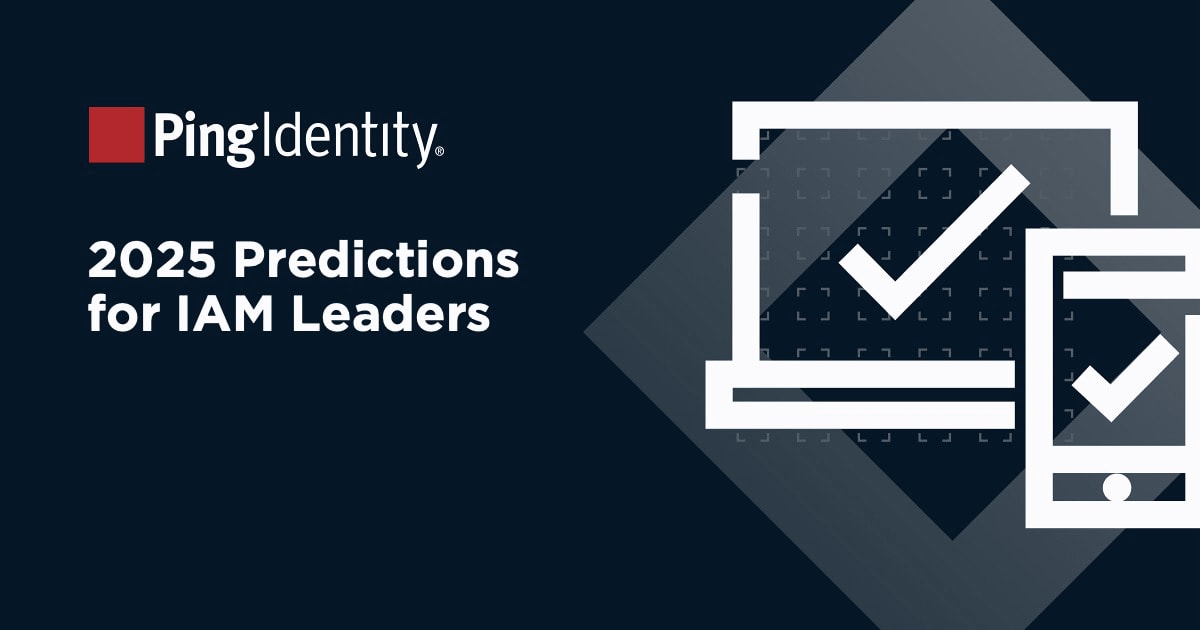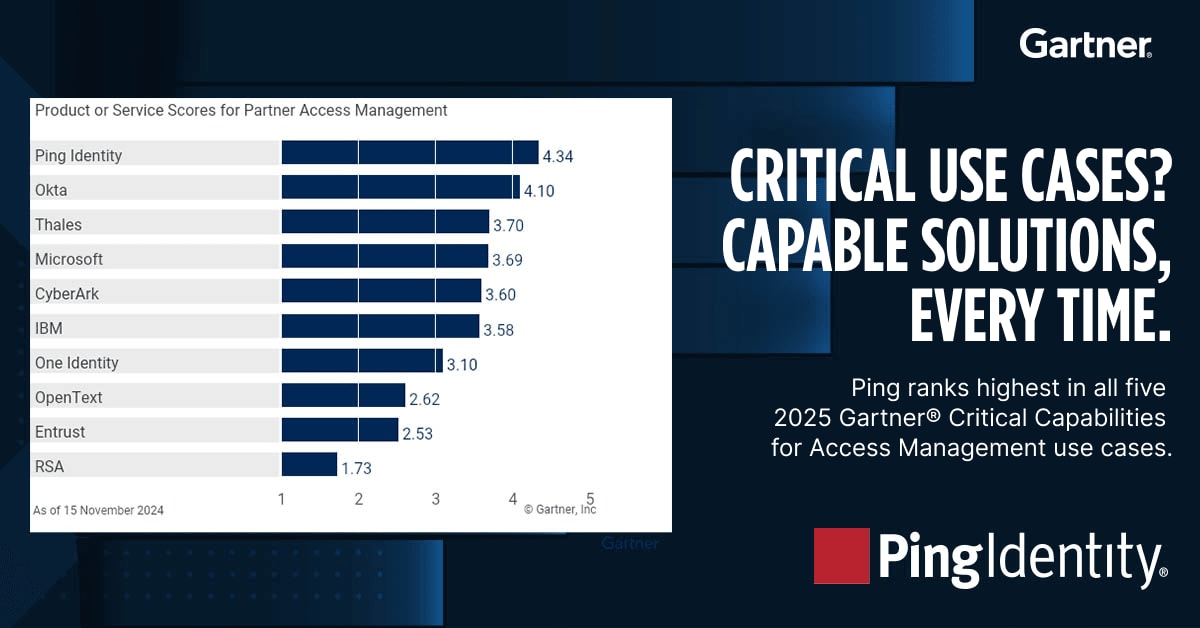Protecting Consumer Data and Your Brand
For the second year in a row, identity ranks as the top target for cybercriminals. According to findings in our latest Consumer Identity Breach Report 2020, personally identifiable information accounted for 98% of all stolen data in the past two years. That harsh reality underscores the need for a new approach to digital identity management and governance strategies. We believe a more modern approach that incorporates AI-driven identity analytics can alleviate a lot of challenges.
Changing the Mindset
The number of digital identities and business applications and the amount of data usage is growing exponentially, but many enterprise organizations continue to rely on legacy identity and governance processes and solutions that are static, siloed-based, and cannot scale to meet the demands of today’s dynamic digital age.
So how do risk and compliance professionals get more out of their existing identity and governance solutions? How do they gain enterprise-wide visibility and risk awareness? How do they gain a deeper understanding into risk associated with user access across the entire enterprise? They can accomplish all of this by changing their approach.
A Best Practice, Modern Approach
By embracing a more modern approach that leverages artificial intelligence (AI), machine learning (ML), and automation, organizations can address these growing challenges. This new approach meets the needs of organizations today while having the ability to easily scale and evolve to meet future challenges and requirements.
Contextual, enterprise-wide visibility
One of the biggest challenges facing enterprises today is a siloed view of identities and the access they have. This is a result of various departments or business units within the organization deploying different types of identity, governance, and infrastructure platforms . In a typical scenario, each solution contains only a subset of identities (employees, contractors, partners, and others). As a result, security and risk professionals have a very limited view – or possibly no view at all – into user access risks across the entire enterprise.
By leveraging an AI-driven analytics solution, organizations can collect and analyze identity data (accounts, roles, user activity, entitlements, and more ) from the different identity, governance, and infrastructure solutions they have in place. This provides enterprise-wide visibility to all identities and what they have access to across the entire organization. This modern approach provides security and risk professionals with contextual insights into low-, medium-, and high-risk user access at scale.
Access risk awareness
Over the past decade, organizations have manually built and deployed data lake-based solutions as a way to view all identities. A data lake is a simple storage repository that holds a vast amount of raw data in its native format until it is needed – typically in a flat architecture. Data lakes offer the ability to derive value from unlimited types of data and store all types of structured and unstructured data. What they do not inherently provide are Al/ML-driven analytics out of the box. Typically, organizations build a home-grown data lake solution and then develop analytics to run on top of it. These analytics need to be constantly fine-tuned, updated, and upgraded overtime.
By leveraging AL/ML techniques in a modern solution, organizations can analyze all identity data centrally and contextually identify riskier user access and entitlement creep across the entire organization. This intelligence-based approach allows security and risk professionals to quickly identify suspicious user access and privileged and root account access violations.
Access rights identification and remediation
With the explosion of digital identities (3.2 billion and growing) over the past decade (McKinsey), organizations are drowning in user access requests, entitlement creep, and access certifications. Because of this, security and risk professionals are manually rubberstamping user access requests and bulk-approving user access certifications on a quarterly, bi-annually, or yearly basis. The end result is elevated risk due to overprovisioned user access rights.
With an Al-driven analytics solution, organizations can contextually examine all identity-related data and then identify and recommend the right level of user access rights. This modern approach allows organizations to identify and apply appropriate birthright user access rights (to accounts, applications, systems, roles, entitlements, etc.). In addition, security and risk professionals can proactively identify overprovisioned user access rights, recommend remediation, and automate removal.
Embrace AI-Driven Identity Analytics
With growing external and internal cyberthreats, security and risk professionals need to work smarter, not harder, in order to effectively protect the business. This simply means legacy identity, governance, and infrastructure processes and solutions need to be vastly enhanced, not only functionally, but from a business value perspective. It is time for enterprises to increase the business value of their legacy identity, governance, and infrastructure solutions by proactively embracing an AI-driven analytics solution that offers contextual, enterprise-wide risk visibility, improved operational efficiencies, and accelerated decision-making.
Learn more about ForgeRock’s AI-driven identity analytics solution.


